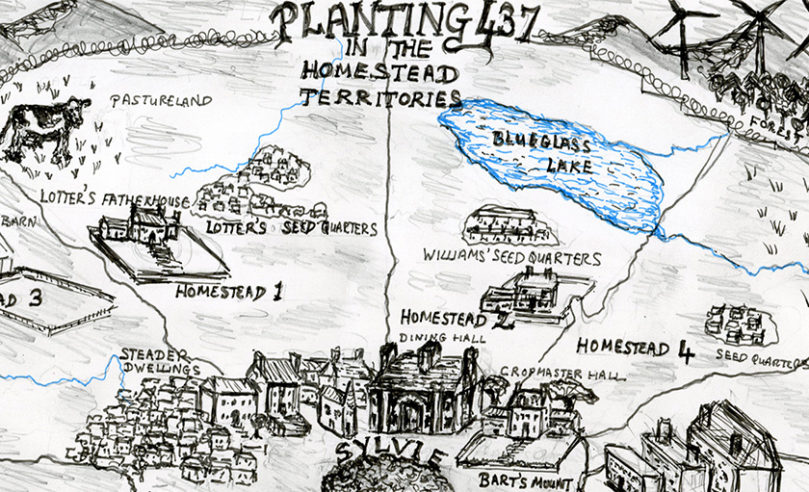
Mapping The Freedom Race with Lucinda Roy
Every fantasy world needs a map, right? But what happens when the map needs to come from the hands of the characters you’ve written? Lucinda Roy, author of upcoming speculative fiction novel The Freedom Race, discusses her journey to drawing the maps in her book and how her characters helped shape the art she created. Check out the article PLUS our exclusive map reveal below!
